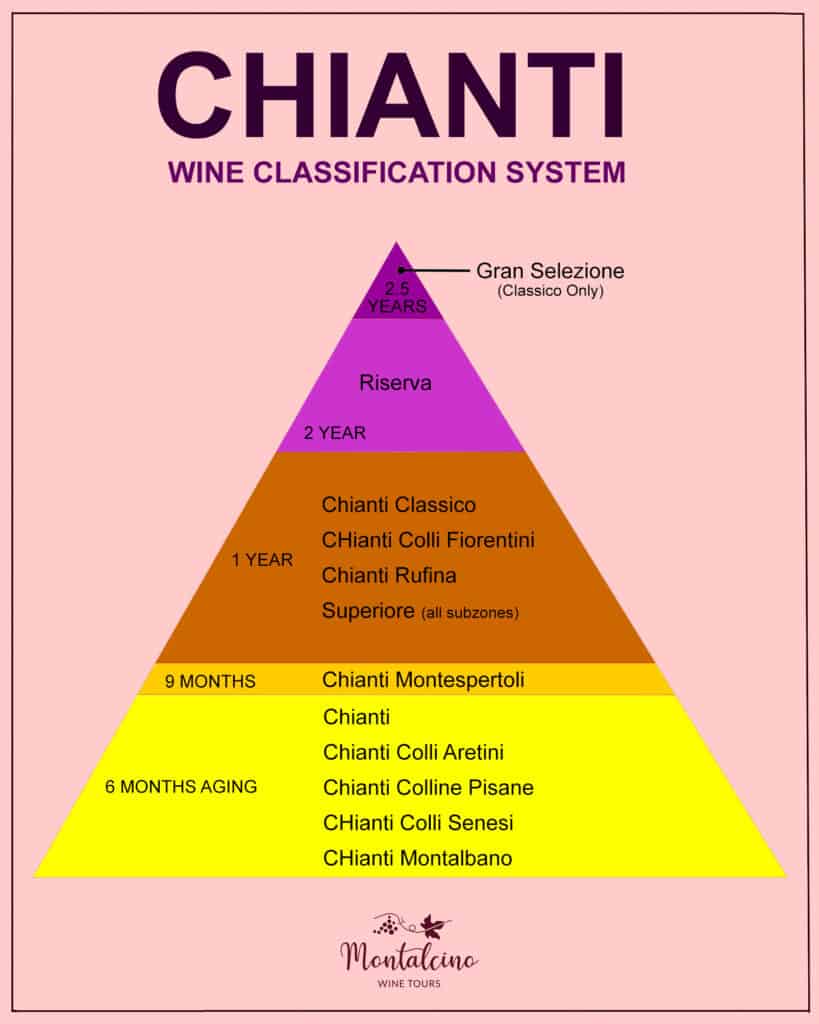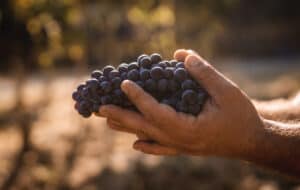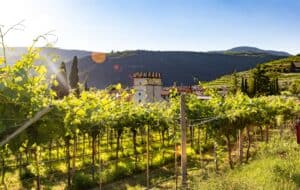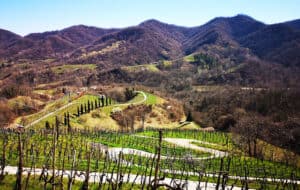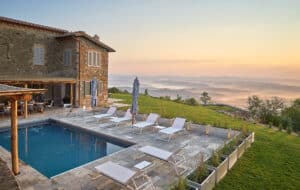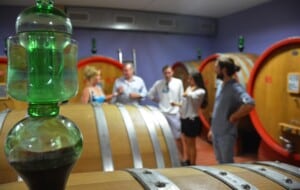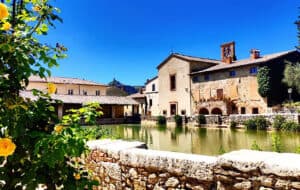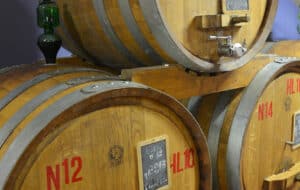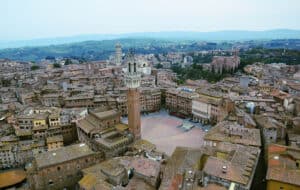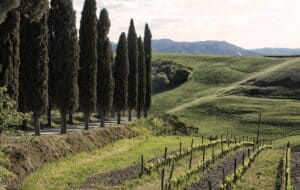Sometimes thinking of Chianti wine can be confusing. There are so many wines with this name on the label… Let’s set things straight!
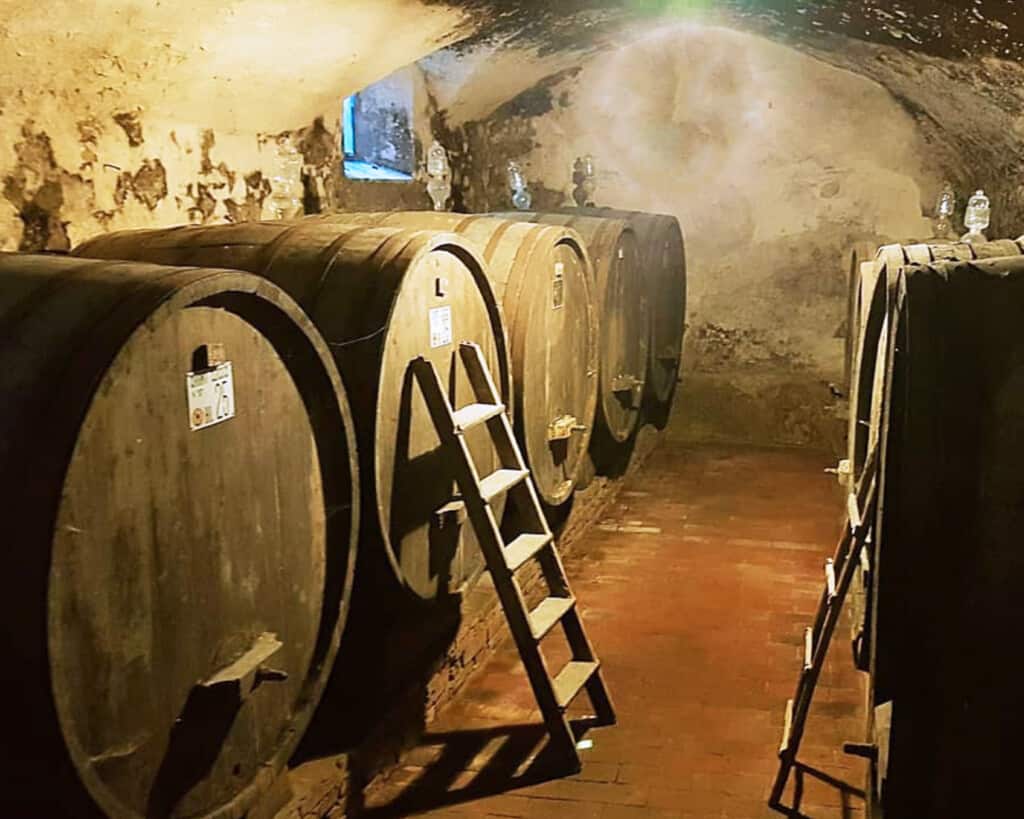
The region of Chianti is located in the heart of Tuscany between the cities of Florence and Siena. This region has given birth to a series of wines which only partially come from the same precise area.
Actually, the borders of this denomination are much bigger with some areas extending west toward Pisa and south to the Val d’Orcia. It is a really large area with over 100 miles (about 160km) from north to south and covers much of Tuscany overlapping some of the region’s most famous appellations.
Nowadays, Chianti wine is always a blend of red grapes based on Sangiovese, while, in the past, the blend created by Barone Ricasoli in the 1800s also included 15% of Malvasia Bianca, a white grape.
The first time that the name of the region Chianti was officially used was in 1716 when the Grand Duke of Tuscany Cosimo III de’ Medici wrote a note about the quality of the wines coming from this area.
The modern borders of the Chianti wine region were designated in 1932 including a lot of areas outside the original heart of the Chianti wine production. Chianti emerged as a DOC in 1963 and was later elevated to DOCG in the 1980s.
Chianti DOCG
Chianti DOCG is composed of several subregions. Each one can produce wines in normale, superiore, or riserva styles. Aging requirements may differ slightly but most Chianti wines are released six months after the harvest in March. Some subregion specify longer aging. The best Chianti wines come from the hilly areas.
Excluding the Classico, the subregions do not have their own legal appellations but are all allowed to label their wines as Chianti DOCG followed by the name of each subregion.
Chianti Classico DOCG
Region
Chianti Classico is the most important subregion of Chianti that covers the area that was historically the heart of Chianti winemaking, the original 1716 designation by the Medici. It includes the four principal villages of Radda, Gaiole, Castellina, and later, Greve, all of which subsequently added the words “in Chianti” to their village names.
Rules
By law, Chianti Classico must be composed of a minimum of 80% Sangiovese blended with a 20% of other local grapes like Canaiolo and Colorino or international varieties like Cabernet Sauvignon and Merlot. It ages for a minimum of 10 months before the release on the market.
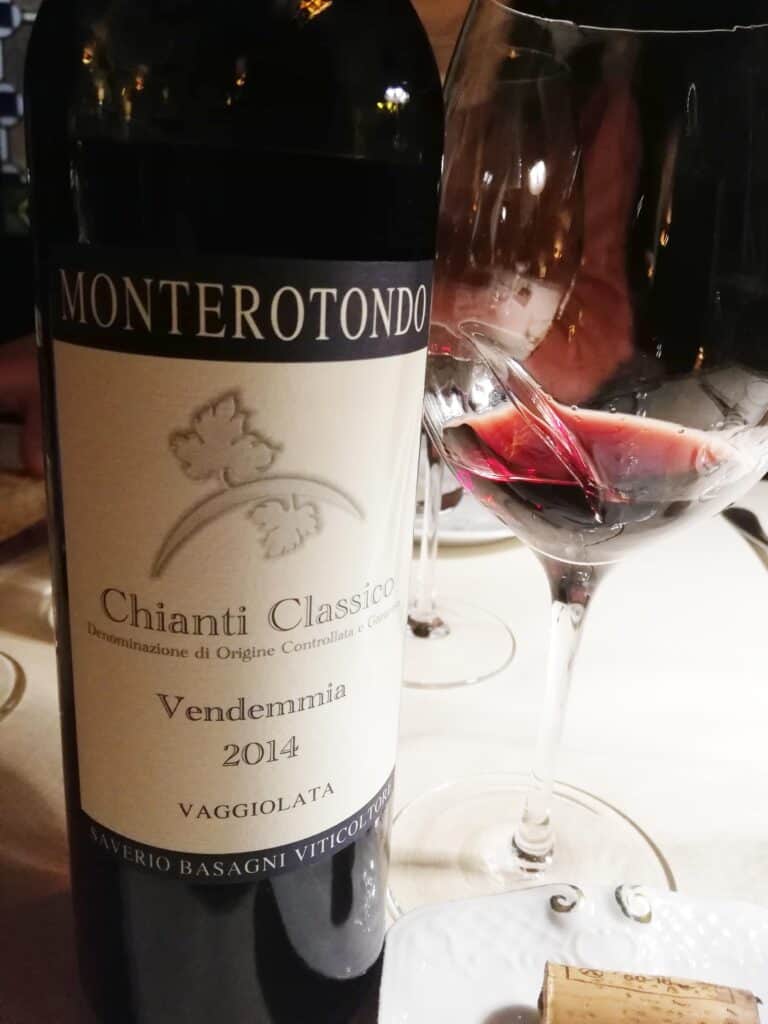
Soil and Character
In Chianti Classico, we can find many different soils even if the most distinctive is for sure the galestro (soft and stratified layers of compacted ancient clay) and albarese (hard sandstone).
The Classico wines have the most potential to age of all Chianti wines with high acidity and tannic structure despite their medium to medium-plus body. Styles depend on the vineyard and producer, of course, but we can say that each village with its own terroir leads to differences in style as well:
- Greve in Chianti has full, concentrated flavors
- Radda in Chianti is exceptionally high-toned and elegant
- Gaiole in Chianti is known for structure and bright acidity due to elevation
- Castellina in Chianti is richer and plusher due to high proportions of clay
It features a limpid ruby red color and floral notes, and it is harmonic, dry, and sapid with a good level of tannins. The bottle features the unmistakable pink label with the Black Rooster
Chianti Classico DOCG Riserva
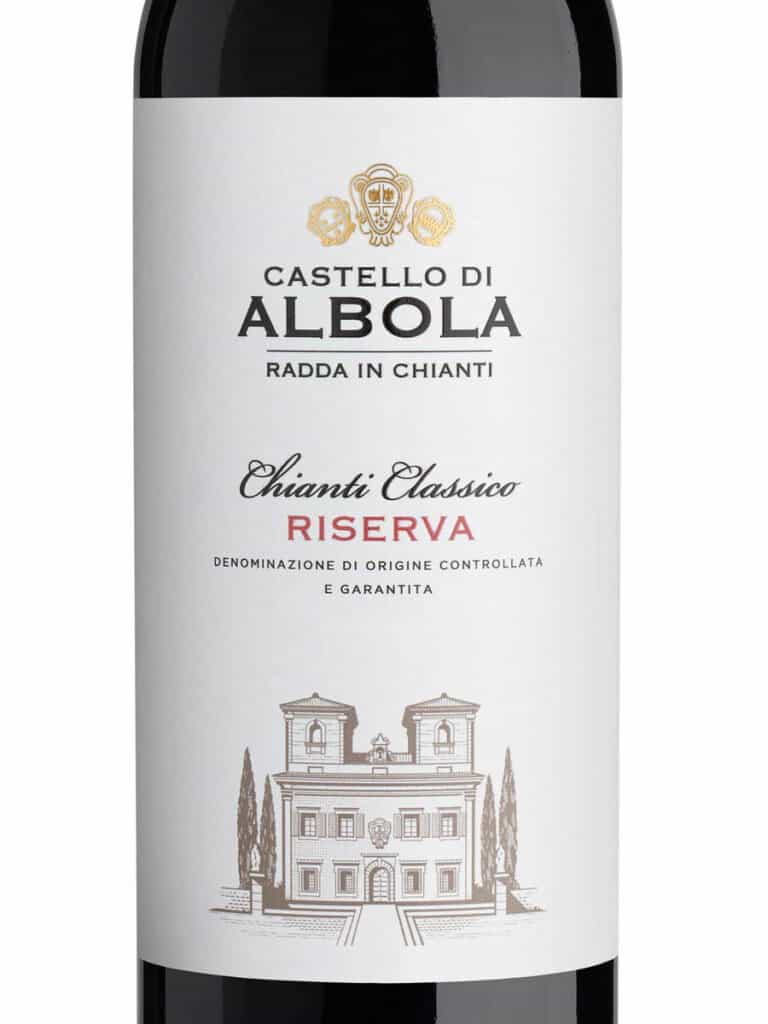
The best Sangiovese grapes are used to produce the Riserva. For this designation a minimum of 24 months of aging in oak and three months in the bottle are required. It has a deeper ruby red color and features softer tannins.
Chianti Classico DOCG Gran Selezione
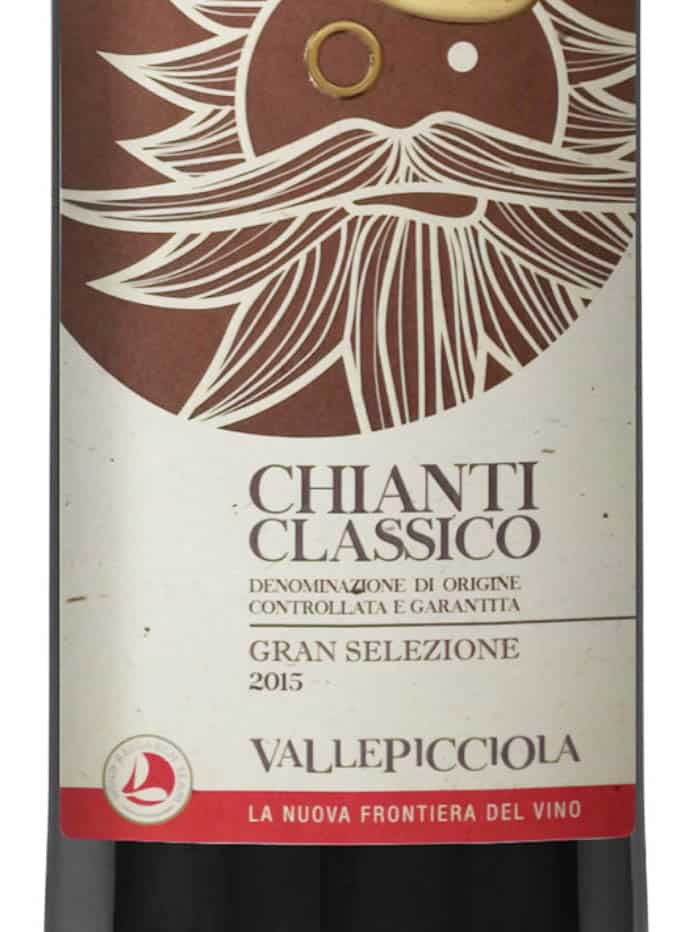
It is a new designation of Chianti Classico that started in 2014 which requires it to be 100% estate fruit, often a single vineyard, and to age for a minimum of 30 months in oak barrels. Before the release, it must pass a strict Italian tasting board to confirm it deserves the designation. Only the best vintages will qualify to be declared as Gran Selezione.
Chianti Rufina
East of Florence there is a little village called Rufina that is at the foothills of the Apennine Mountains. The smallest subregion of Chianti is located here and in the surrounding villages. Because of the elevation, the climate is cool in the summer and this results in wines that are elegant and ageable. Chianti Rufina ages for a minimum of 12 months before the release on the market.
Chianti Colli Senesi
As the word “colli” suggests, Chianti Colli Senesi is a large subregion of Chianti that overlaps some of the most famed vineyard areas in all of Tuscany on the hills surrounding Siena. The wines tend to be elegant and fruity but are usually produced as a second wine of the farm because most of the time the best fields are used to produce the more prestigious denominations.
Chianti Colli Fiorentini
Colli Fiorentini are the hills surrounding Florence to the south towards the Chianti Classico. The wines are light, fruity, and easygoing, to be consumed young. Chianti Colli Fiorentini wines may not be released for a full year after harvest. These wines are usually served in the typical osteria and trattoria of the city and often undervalued, but sometimes you can be delightfully surprised after ordering these affordable bottles from the wine list.
Chianti Montespertoli
The youngest of the Chianti subregions, which started in 1997, was once part of the Colli Fiorentini and now lies just to the west of it in the hills around the village of Montespertoli. The wines are released 9 months after the harvest.
Chianti Montalbano
North-West of Florence, the Chianti Montalbano region shows a rich sandstone terroir that gives light to a typically light, fruit-driven style of wine to be consumed young.
Chianti Colline Pisane
Far from the rest of the denomination, Chianti Colline Pisane is located on the hills near Pisa, lower than the other Chianti hills and very close to the Mediterranean Sea and the ocean. The climate is milder and dryer. Colline Pisane wines are light in body and color with soft fruit and violet notes.
Chianti Colli Aretini
Not a very well-known wine production area, the Chianti Colli Aretini are three non-contiguous regions at the eastern limit of the Chianti appellation near the city of Arezzo. Chianti Colli Aretini wines tend to be simple with aggressive acidity.
